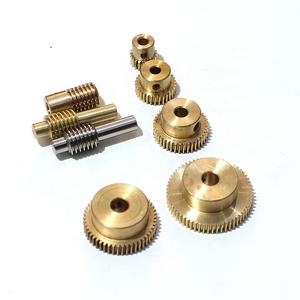Determining the optimal interval for changing the manual transmission fluid, commonly referred to as gearbox oil, is a critical maintenance task often overlooked compared to engine oil changes. As a mechanical engineer specializing in powertrain systems, I emphasize that neglecting this vital fluid leads to accelerated wear, compromised shifting performance, and ultimately, costly transmission repairs or replacement. There is no universal mileage figure; the correct interval depends on several interacting factors.
(how often to change gearbox oil manual)
The primary reference point must always be the vehicle manufacturer’s specific recommendations outlined in the owner’s manual or service schedule. Manufacturers conduct extensive testing to determine baseline intervals suitable for typical operating conditions under their warranty period. These intervals exhibit significant variation, commonly ranging from 30,000 miles to 100,000 miles, with some manufacturers controversially suggesting the fluid is filled for life under normal use – a claim requiring careful scrutiny. Treating the manufacturer’s interval as the absolute maximum under ideal conditions is prudent engineering practice.
Driving conditions profoundly impact the degradation rate of manual transmission fluid. Severe service necessitates more frequent changes. Key severe conditions include frequent stop-and-go city driving, extensive operation in very hot or very cold ambient temperatures, regular towing or hauling heavy loads, repetitive short trips preventing the oil to reach full operating temperature, and aggressive driving involving high engine speeds and forceful gear changes. These conditions increase thermal stress, promote moisture accumulation through condensation cycles, and accelerate mechanical shearing of the oil molecules. Operating under severe service warrants fluid changes at intervals potentially 30-50% shorter than the manufacturer’s standard recommendation.
The type and specification of the gear oil originally filled or subsequently used also influence longevity. Modern manual transmissions demand precisely formulated lubricants meeting specific API classifications (e.g., GL-4, GL-5) and often unique manufacturer specifications. GL-5 oils, commonly used in differentials, contain higher levels of extreme pressure (EP) additives, which can be corrosive to certain synchronizer materials like brass found in many manual gearboxes if not specifically formulated for transmission use. Using the incorrect fluid type can lead to rapid synchronizer wear and poor shift quality. High-quality synthetic gear oils generally offer superior thermal stability, oxidation resistance, and viscosity retention over extended periods and wider temperature ranges compared to conventional mineral oils, potentially allowing for slightly longer change intervals under equivalent conditions, though this should not override severe service considerations.
Monitoring the transmission’s performance provides crucial diagnostic clues. Symptoms indicating the fluid is overdue for a change include noticeably notchier or more difficult shifting, especially when cold; grinding noises during gear engagement; increased transmission whine or bearing noise; and any evidence of fluid leakage. A visual and tactile inspection of the fluid drained during a change offers valuable insights. Fresh manual transmission fluid is typically clear with a slight amber, green, or reddish hue, depending on the formulation. Degraded fluid often appears significantly darker (brown or black), may have a burnt odor due to overheating, and can feel gritty if contaminated with excessive wear particles or contain visible metallic flakes – all unequivocal signs of advanced degradation requiring immediate attention.
(how often to change gearbox oil manual)
In conclusion, adhering strictly to the vehicle manufacturer’s specified interval is the minimum requirement. However, responsible maintenance demands adjusting this interval downward based on driving severity. For most vehicles not operating under severe conditions, a proactive change interval between 50,000 and 75,000 miles is a sound engineering guideline. For severe service, intervals of 30,000 to 50,000 miles are strongly recommended. Always use the exact fluid type and specification mandated by the manufacturer. Regular manual transmission fluid changes are a relatively inexpensive procedure that significantly extends transmission life, ensures smooth and reliable operation, and prevents premature component failure. Consult your specific service manual for the definitive requirements for your vehicle.


